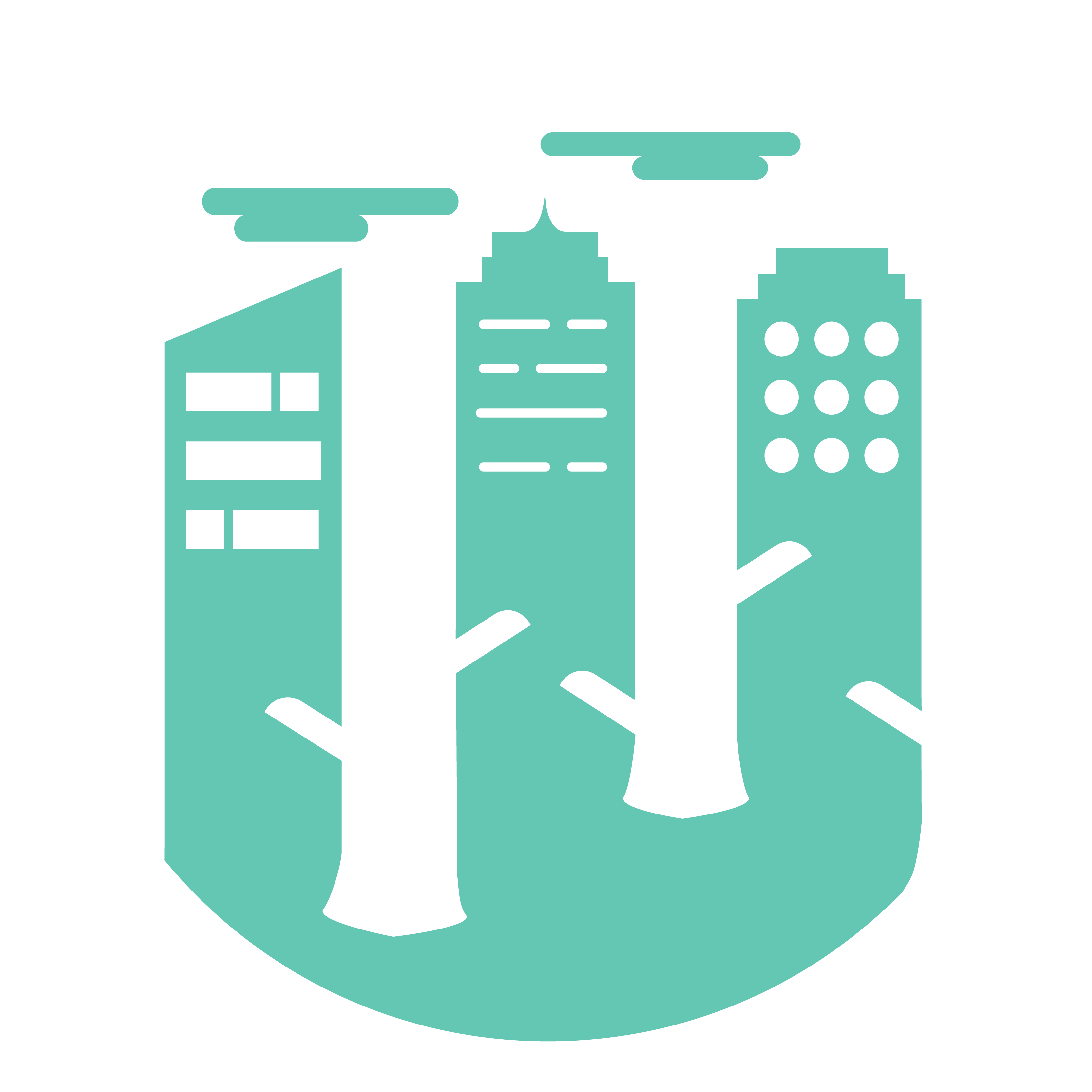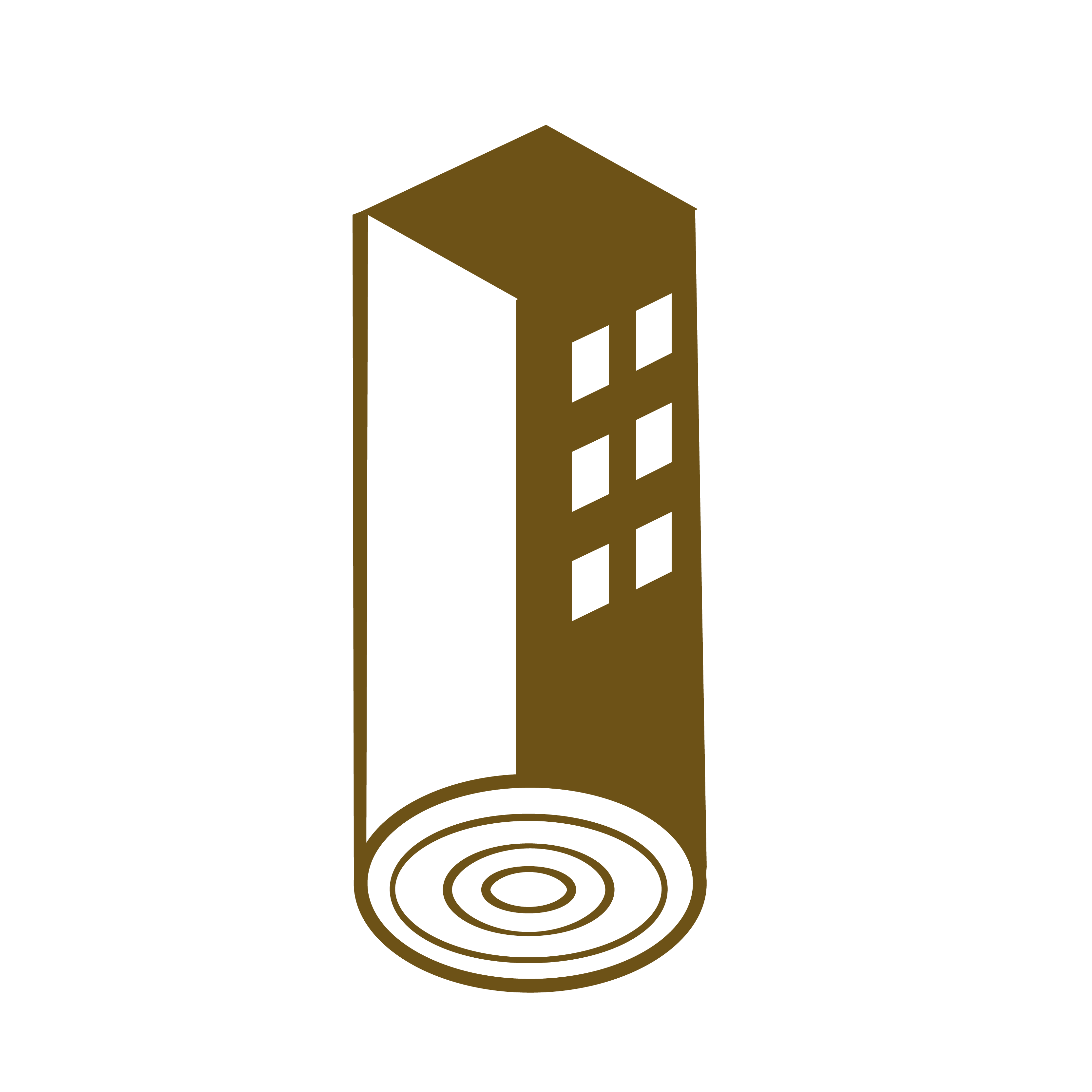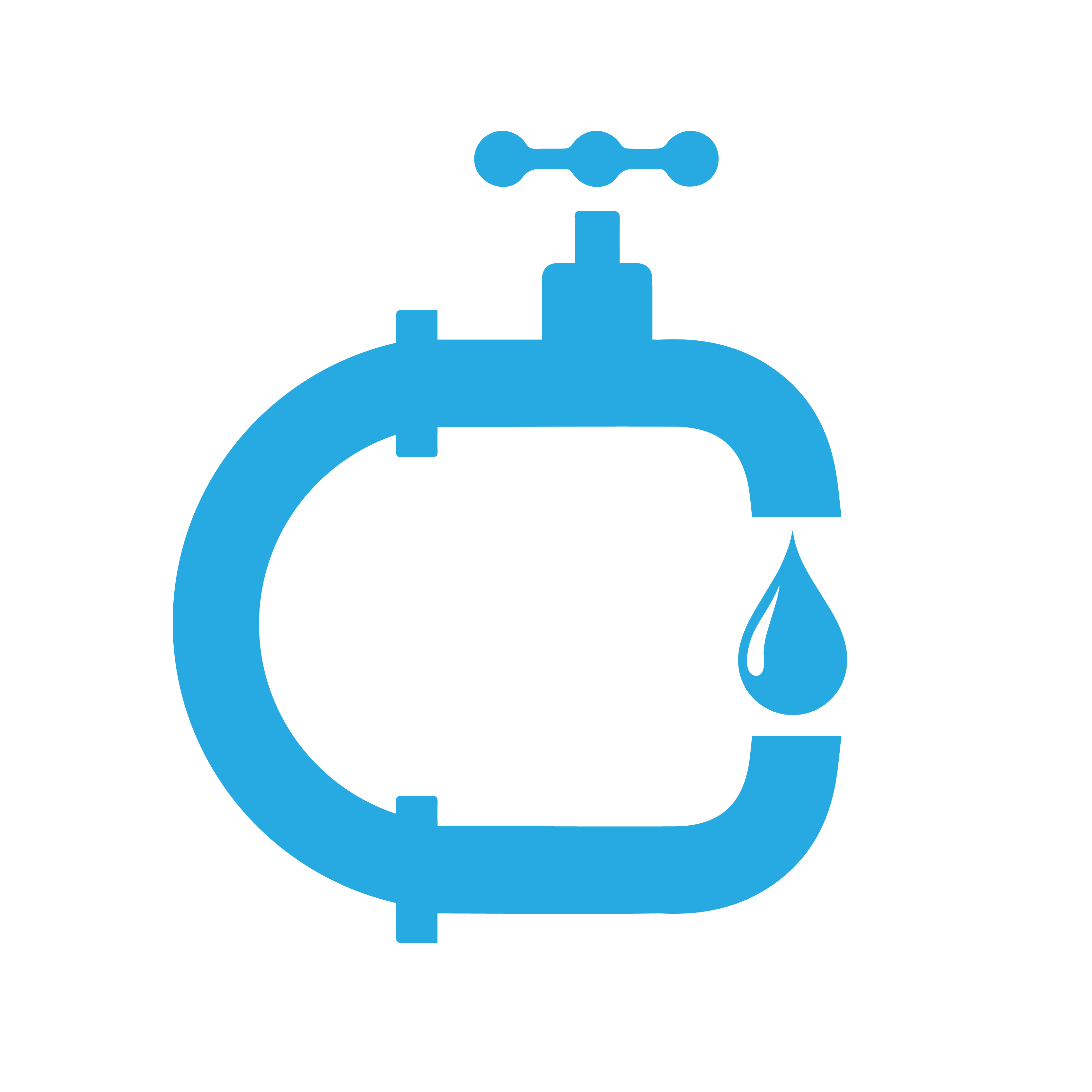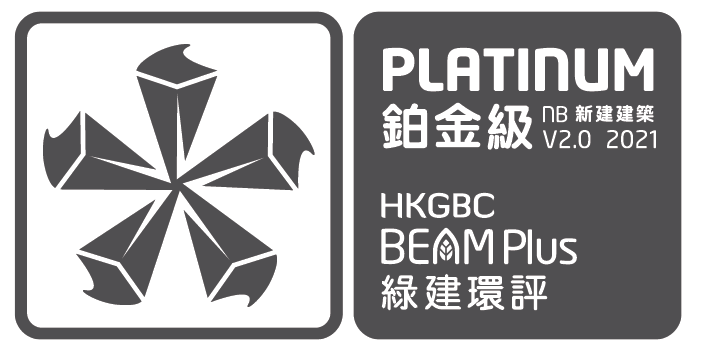The Central Kowloon Route (CKR) Administration Building is the heart of CKR, responsible for CKR’s traffic control and surveillance, central monitoring and control of the CKR tunnel operation including aspects in air quality, fire safety & energy consumption.
CKR, as an alternative express route bypassing the congested central Kowloon area, significantly reduces the journey time. Upon commissioning, the journey time between Yau Ma Tei and Kowloon Bay during peak hours is expected to be shortened from 30 minutes to about 5 minutes only. The CKR will also alleviate the traffic congestion by substantially reducing the traffic volumes at the currently congested major east-west transport corridors.
Please visit our website https://ckr-hyd.hk/ for further information.
Green Features


Integrated Design and Construction Management
- Providing smart technologies, including Digital Facility Management Interface and Occupant Engagement Platform, to consolidate performance data for analysis and enhance the facility management (big data principle) and connection with building users on the high-performance sustainable buildings.
- Conducted detailed Life Cycle Costing to investigate potential design options on building interior lighting system and air-conditioning. Operation and maintenance conditions at the 50th year for each design scheme is forecasted and the one with lowest life cycle cost is implemented in the project development to enhance the building sustainability.
- Integrated Building Information Modelling (BIM) to assess multiple building design and construction processes, including building performance simulation, clash detection among different design parties, and prepare construction cost and quantity schedule. The application of BIM throughout the project design, construction and operation stages ensures the project is designed and managed with better efficiency.


Sustainable Sites
- Over 30% of the site area is covered with greenery, and green roof design is implemented on the roof floor of the building. These design features mitigate the urban heat island effect.
- Selected roof and façade materials with low visible light reflectance, which reduce the impact of the reduced the impact to the surroundings due to intensive external light reflected by the building’s exterior surface.
- Conducted building equipment noise assessment to predict the noise impact of the project building on the surroundings during its operation. Based on the assessment result, noise mitigation measures including the selection of air-conditioning equipment operating with lower sound power levels, and the installation of silencers in the air duct are implemented in the building design.


Materials and Waste
- Provided sorting and recycling facilities (including plastic, metals, paper, glass, batteries and light tubes) to encourage building users’ behavior on waste sorting and get prepared for Municipal Solid Waste (MSW) charging.
- Conducted Life Cycle Assessment (LCA) to study the embodied carbon generated by different building structural design schemes. Through the analysis, structural design with high efficiency and using low carbon materials is selected for the project development to reduce the environmental emissions.
- Sustainable building materials, including concrete with high recycled content, CFC-free pipe insulation, and green products certified under the HK G-Pass are selected for the project development to reduce the environmental impact of the building.


Energy Use
- Provided high-performance air-conditioning and lighting systems and solar panels to outperform the prevailing EMSD guideline over 30% and save energy as well as reduce CO2 emissions.
- Provided performance auditing metering systems for outdoor conditions, air-conditioning air-side and water-side systems to allow facility management team to collect actual building operation data and performance data for periodic review such as energy audit and retro-commissioning and opportunities of future upgrading works.
- Passive designs including optimized orientation and space planning as well as façade design to reduce the heat gain to the conditioned space and enhance daylight utilization.


Water Use
- Installed water-efficient sanitary fixtures to save potable water by over 30% and municipal effluent discharge by over 40% compared to the average annual water consumption of buildings with similar usage.
- Installed leakage sensors at water tanks to prevent water wastage from any leakages and enhance facility management.
- Implemented rainwater harvesting system and installed high-efficiency irrigation equipment to reduce the reliance on potable water for irrigation.


Health and Wellbeing
- The HVAC system was designed to control relative humidity for mold prevention.
- Adopted biophilic design at the office with a large façade glazing to the sky, the natural terrain, on-site greenery and indoor furniture designed with biomorphic forms & patterns.
- Conducted indoor vibration assessment to investigate the potential impact of indoor machinery on the building occupant. Through the analysis, mitigation measures, including the installation of springs with high isolation efficiency at machinery, are selected to avoid the excessive vibration from building services equipment within the site.


Innovations and Additions
- Implemented Digitalized Site Management (DWSS) to connect project team members among contracts to achieve project management, construction monitoring, site safety and sustainability throughout the whole project cycle. The adoption of DWSS in the project has eliminated the tremendous amount of paperwork submissions through the digitalization of the whole system, which offset over 900kg CO2 under estimation.
- Adopted the GPS Truck Tracking System during the construction stage, which helps the operation team to ensure 'just in time' delivery as well as avoid queueing and engine idling on roads by the Project Site.
- Installed the EV charging stations with Central Management and Load Management System. It analyses the power usage of each Electric Vehicle (EV) charger in real-time connecting multiple parking spaces, optimizing the use of limited power.
Story
In the course of pressing ahead the implementation of various transport infrastructure projects, the Highways Department is committed to improve the living quality of the community as well. The Highways Department has been working closely with our industry partners carrying the spirit of professionalism, actively encouraging innovation and applying technology to provide better services to the public, while upholding the principles of sustainable development.
The CKR strives to reduce its impacts on the environment and improve environmental quality throughout its planning, design and construction stages. Assessment for the Hong Kong Green Building Council’s BEAM Plus New Buildings Version 2.0 will be carried out for the Kai Tak Administration Building, and it aims to obtain the Platinum rating by achieving an overall score of over 75 in specified performance aspects, including energy use, health and well-being, integrated design and construction management, sustainable sites, materials and waste, water use, and innovations and additions.
The construction of Kai Tak Administration Building and ventilation buildings will adopt prefabrication technology and will use sustainable forest products, recycled and regionally materials, green products, and ozone-depleting-substance-free materials as far as practicable. In the planning and design stages, the adoption of renewable energy, natural lighting, and rainwater irrigation system for greenery have been considered to reduce electricity and water consumption.
Testimonial
Highways Department is delighted that our project attained Provisional Platinum Rating in BEAM Plus New Building. We would like to express our heartfelt appreciation to the project team for their unfailing efforts. We are committed to build a greener and better Hong Kong.
















